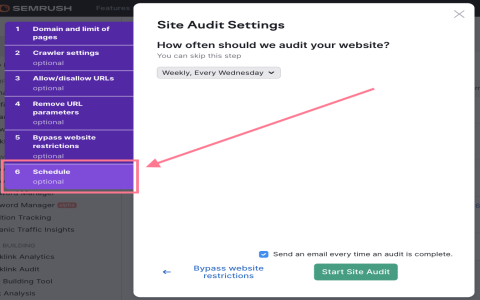Hey everyone, it’s your boy back again with another real-world problem I bumped into and how I went about figuring it out. So, the other day, I was messing around with some web stuff, you know, the usual, when I hit this weird thing called a “308” error. I was like, “308? What’s that?” I’d seen 404s and 500s, but 308 was new to me.
So, I did what any normal person would do – I went to the internet. I started digging around, trying to understand what this 308 thing was all about. Turns out, it’s called a “Permanent Redirect.”
My First Steps
- Looked it up: I just typed “what does 308 mean” into my search bar and started reading.
- Found some basic info: The first few results gave me the gist – it’s a way of telling your browser, “Hey, that thing you’re looking for? It moved. Permanently. Go here instead.”
Okay, cool, I got that. But I wanted to know more. Like, why does it matter? How is it different from other redirects like 301 or 302? And most importantly, how do I deal with it?

Diving Deeper
- Compared it with other redirects: I found out that 308 is kind of special. It’s like a 301, but it makes sure that your browser keeps everything the same when it goes to the new place – like if you were sending some data with a POST request, it makes sure that data goes along for the ride. 301s can be a bit iffy with that.
- Read about its importance: Apparently, this 308 thing is pretty important for SEO. Because if search engines know a page has moved for good, they can update their stuff properly. That way, you don’t lose all the good rep your old page had built up.
Figuring Out How to Fix It
- Checked my server setup: The internet told me to make sure my server settings were on point. So, I poked around my .htaccess file. That’s where you tell your server how to handle these redirects.
- Made sure the new location was right: I double-checked that the new URL I was sending people to was actually a real place and not some dead end.
After a bit of tinkering, I managed to get things working. Basically, I just made sure my server was telling the browser exactly where to go in the right way. It was a bit of a head-scratcher at first, but once I understood what 308 meant and how it worked, it wasn’t too bad.
So, there you have it. That’s my little adventure with the 308 status code. Hopefully, my experience can help some of you out if you ever run into this. Remember, the internet is your friend, and don’t be afraid to dig around and learn new things! Peace out!


